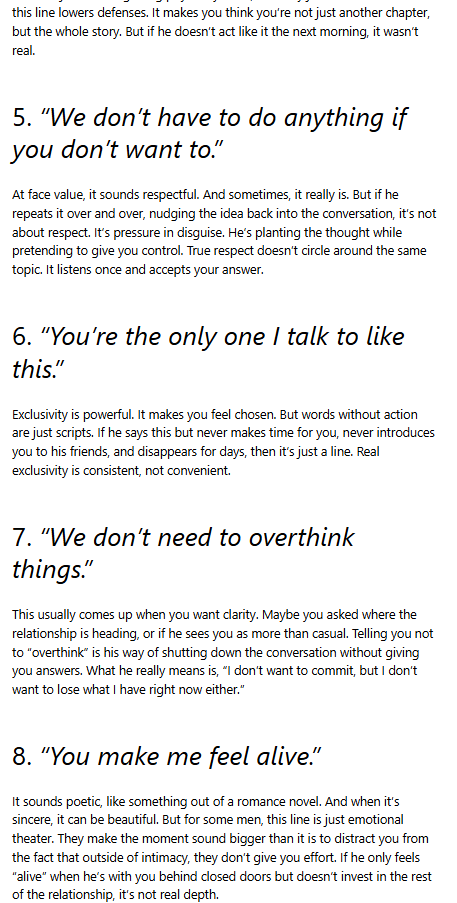In the fast-paced world we live in today, stress has become almost a constant companion. Between digital distractions, urban noise, and overwhelming schedules, our bodies rarely get a chance to truly rest. But what if the key to better health and emotional balance lies not in pills or screens, but in something as ancient and accessible as the sounds of nature?
Mounting research suggests that listening to natural soundscapes—such as the gentle rustle of leaves, distant thunder, babbling brooks, or birdsong—can significantly improve our physiological health. One particularly fascinating benefit is its effect on heart rate variability (HRV), a key marker of resilience, cardiovascular health, and emotional well-being.
Let’s explore how these serene sounds of the natural world are quietly transforming our health from the inside out.




Understanding Heart Rate Variability and Why It Matters
Before diving into the calming effects of nature sounds, it’s important to understand what heart rate variability actually is. HRV is the variation in time between each heartbeat. While this may sound like a bad thing, it’s quite the opposite.
A healthy heart doesn’t beat at a robotic, fixed rhythm. Instead, there’s a slight variation depending on breathing patterns, activity, and emotional state. Higher HRV generally indicates that the body can adapt well to stress and is in good balance between the sympathetic (“fight or flight”) and parasympathetic (“rest and digest”) nervous systems.
Low HRV has been linked to anxiety, depression, cardiovascular disease, and even premature aging. In contrast, high HRV is associated with improved mood, better sleep, physical fitness, and a greater ability to recover from stress.
Nature Sounds: More Than Just Background Noise
From a young age, most of us find comfort in the sounds of nature. A walk in the woods, the sound of ocean waves, or a light summer rainstorm has the power to quiet the mind in ways urban environments rarely do. But why?
Natural soundscapes are inherently non-threatening, allowing our brain’s threat-detection systems to relax. When we hear unpredictable, jarring sounds—like car horns, sirens, or shouting—the brain interprets them as potential danger. This triggers a cascade of stress hormones like cortisol and adrenaline, increasing heart rate and suppressing HRV.
In contrast, natural environments offer soft, non-invasive sound patterns. These sounds don’t demand your attention or evoke fear. Instead, they encourage mental stillness and emotional decompression. Studies have shown that when people listen to nature-based audio, their heart rate tends to slow, their breathing becomes deeper, and their HRV improves—all signs of the body entering a more relaxed, parasympathetic state.
Scientific Backing: The Connection Between Nature Sounds and HRV
Several research studies now support what people have intuitively known for centuries: nature calms us. One study published in Scientific Reports found that people exposed to natural soundscapes exhibited significantly improved HRV compared to those who listened to urban noise. Interestingly, not only did the participants show physiological signs of relaxation, but they also reported feeling more restored and less mentally fatigued.
Another study by Brighton and Sussex Medical School found that nature sounds activated the brain’s default mode network—a region associated with mind-wandering, introspection, and daydreaming. This part of the brain is often suppressed during times of stress or high alertness. Listening to natural audio reactivates it, helping the brain transition into a calmer, more reflective state.
Not All Nature Sounds Are Equal
Different natural sounds may have different effects on the body. For example:
- Water sounds (like rain, rivers, or ocean waves) are particularly effective for promoting deep relaxation and sleep. These sounds often create rhythmic, predictable patterns that can synchronize with the body’s own biological rhythms.
- Birdsong is uplifting and energizing. Birds tend to sing during calm conditions, so hearing their song subconsciously signals that the environment is safe.
- Wind in the trees creates a gentle background texture that many find grounding and meditative.
The key here is not just about the type of sound, but how it’s perceived. The more immersive and realistic the soundscape feels, the more effective it is at promoting relaxation and boosting HRV.
Why This Matters in the Age of Chronic Stress
Modern living often means being plugged in 24/7. Between smartphones, work deadlines, and the constant buzz of city life, our bodies rarely return to baseline. Chronic exposure to noise pollution has been linked to a host of health problems, including sleep disorders, hypertension, and mood disturbances.
This is where nature sounds can play a powerful role in self-regulation. They offer a low-cost, easily accessible, and non-invasive method to bring the body back into balance. Whether through headphones at work, during meditation, or while falling asleep, even brief exposure to these sounds can help mitigate stress responses and encourage physiological recovery.
Practical Ways to Incorporate Nature Soundscapes Into Your Life
- Daily Meditation with Nature Audio: Even five to ten minutes of focused listening can reset your nervous system. Use guided apps or simple recordings of rain, forest, or stream sounds to deepen your practice.
- Nature Sound Sleep Aids: Replace silence or urban noise at night with gentle water sounds or rustling leaves to improve sleep quality and increase nighttime HRV.
- Nature Walks and Forest Bathing: If possible, spend time in actual natural environments. The live combination of fresh air, green surroundings, and organic sounds offers a triple boost to your nervous system.
- Office Soundscapes: Use background nature audio during work to reduce stress and maintain focus. Studies show improved concentration and emotional stability when such soundscapes are played in offices.
- Mindful Listening Breaks: Take breaks during the day to close your eyes and listen to a short clip of nature sounds. This simple act can reduce cortisol levels and help refocus your mind.
Final Thoughts: Returning to Nature for Resilience and Calm
As science continues to reveal the deep connection between the human body and natural environments, one thing becomes clear: nature knows best. The calming power of natural soundscapes offers more than momentary relief—it gives us a pathway to reconnect with our biology, improve heart rate variability, and cultivate a sense of peace that’s often missing in daily life.
You don’t need to travel to a remote mountain or spend hours in the woods to access these benefits. A few minutes of listening each day can serve as a gentle reminder that calm, clarity, and balance are never far away.
So the next time stress creeps in, consider reaching for your headphones and pressing play on a forest morning or gentle rainstorm. Your heart—and mind—will thank you.



